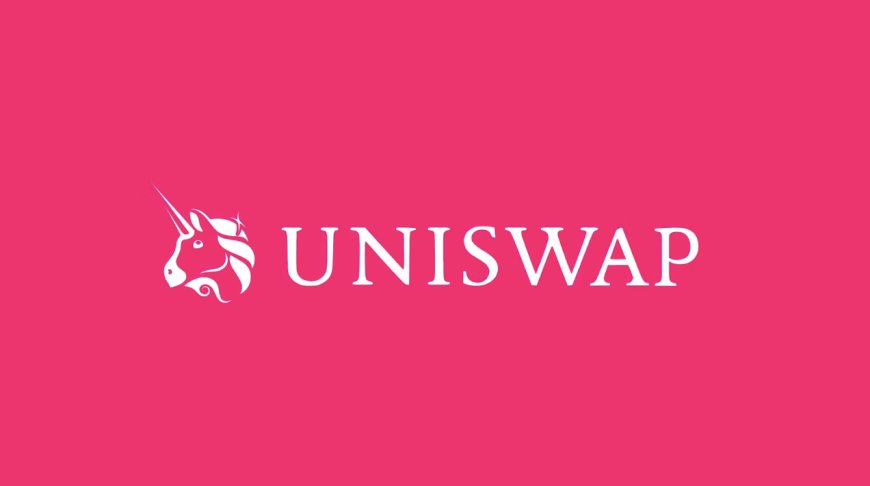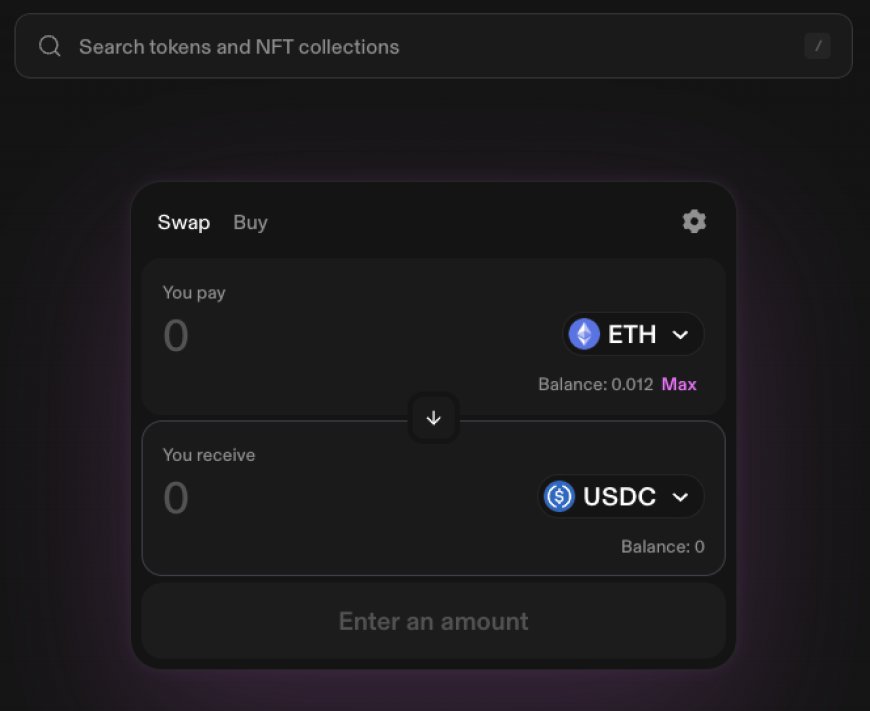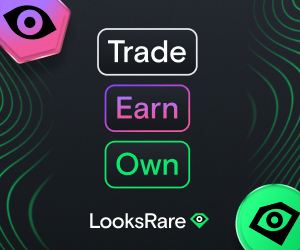Uniswap vs Traditional Exchanges: Discover the Future of Trading
With its decentralized structure and comprehensive peer-to-peer exchange capabilities, Uniswap offers a level of freedom and simplicity that traditional exchanges simply can't match. It's fast, secure, and gives users access to a wide range of digital assets.

Uniswap vs. Traditional Exchanges: Discover the Future of Trading
In the world of finance, trading has traditionally occurred on centralized exchanges, where intermediaries control the flow of assets.
However, a new player has emerged in the market, disrupting the status quo and giving power back to the people.
Enter Uniswap, a decentralized exchange built on the Ethereum blockchain.
Uniswap operates on a unique automated market maker (AMM) model, eliminating intermediaries and allowing users to trade directly from their cryptocurrency wallets. This means that trades are executed instantly and seamlessly, without the need for a centralized authority.
But how does Uniswap compare to traditional exchanges? In this article, we will explore the key differences and advantages of using Uniswap over centralized exchanges. From lower fees and improved liquidity to increased security and ease of use, discover why Uniswap is heralded as the future of trading.
Whether you're a seasoned trader or a beginner in the world of cryptocurrencies, understanding the benefits and drawbacks of Uniswap will empower you to make informed decisions and stay ahead of the curve. Get ready to embrace the decentralized revolution and uncover the potential of Uniswap.
Key differences between Uniswap and traditional exchanges
Uniswap and traditional exchanges differ in various aspects, starting with the way they are built and operate. Traditional exchanges are centralized, meaning they rely on intermediaries to match buy and sell orders. These intermediaries often charge high fees, which can eat into traders' profits. Additionally, traditional exchanges can be vulnerable to hacking and manipulation due to their centralized nature.
On the other hand, Uniswap is built on a decentralized blockchain, making it resistant to censorship and manipulation. It operates on a peer-to-peer network, where trades are executed directly between users. This eliminates the need for intermediaries and reduces the associated fees. Moreover, Uniswap's open-source nature allows anyone to participate in the network, fostering a more inclusive and accessible trading environment.
Advantages of Uniswap over traditional exchanges
Uniswap offers several advantages over traditional exchanges that make it an attractive option for traders. One of the key advantages is the lower fees. As mentioned earlier, traditional exchanges often charge high fees for trades and withdrawals. In contrast, Uniswap has significantly lower fees due to its decentralized nature. This means that more of your trading capital remains intact, allowing you to maximize your profits.
Another advantage is the improved liquidity on Uniswap. Traditional exchanges rely on order books, which can suffer from low liquidity, especially for less popular assets. Uniswap, on the other hand, uses liquidity pools, which are constantly replenished by users. This ensures that there is always liquidity available for trading, even for less commonly traded assets. Additionally, Uniswap's automated market maker algorithm adjusts prices based on supply and demand, ensuring fair and efficient trading.
Liquidity and trading volume comparison
When it comes to liquidity and trading volume, Uniswap has been gaining significant traction in recent years. While traditional exchanges still dominate the market in terms of overall trading volume, Uniswap has seen exponential growth since its launch. This can be attributed to the increasing popularity of decentralized finance (DeFi) and the advantages that Uniswap offers over traditional exchanges.
Uniswap's liquidity pools have attracted a large number of liquidity providers, who contribute their assets to the pools in exchange for a share of the trading fees. This has resulted in a vast pool of liquidity, making it easier for traders to execute trades without experiencing slippage. Moreover, Uniswap's user-friendly interface and seamless integration with cryptocurrency wallets have contributed to its growing trading volume. At the time of writing, Uniswap's total value locked (TVL) exceeds $2.75 billion.
How to use Uniswap for trading
Using Uniswap for trading is relatively straightforward, even for beginners.
To get started, you'll need an Ethereum wallet that supports the Uniswap protocol, such as MetaMask.
Once you have set up your wallet, you can connect it to the Uniswap interface and start trading, click on the button ''Launch App'' on the upper right of Uniswap website and then Connect with your wallet.
To initiate a trade on Uniswap, you'll need to select the assets you want to swap/trade and specify the amount you wish to trade.

Uniswap will then calculate the price based on the available liquidity and execute the trade.
It's important to note that Uniswap's automated market maker algorithm may result in slightly higher prices for larger trades, as it adjusts the price based on the size of the trade.
The future of trading: Will Uniswap replace traditional exchanges?
As Uniswap continues to grow in popularity and attract more users, the question arises: Will Uniswap replace traditional exchanges?
While it's unlikely that traditional exchanges will completely disappear, Uniswap and other decentralized exchanges have the potential to disrupt the traditional trading landscape.
The advantages offered by Uniswap, such as lower fees, improved liquidity, and increased security, make it an appealing option for traders.
Additionally, the decentralized nature of Uniswap aligns with the ethos of cryptocurrencies and blockchain technology, which prioritize transparency and decentralization.
However, there are challenges that Uniswap and other decentralized exchanges need to overcome. Scalability and regulatory hurdles are among the key challenges that need to be addressed for wider adoption. Nevertheless, as the technology matures and solutions are developed, it's plausible that decentralized exchanges like Uniswap will play a significant role in the future of trading.
In conclusion, Uniswap represents a paradigm shift in the world of trading. Its decentralized nature, lower fees, improved liquidity, and ease of use make it a compelling alternative to traditional exchanges. While it may not replace traditional exchanges entirely, Uniswap is undoubtedly shaping the future of trading. As a trader, understanding the benefits and drawbacks of Uniswap will empower you to navigate the evolving landscape of decentralized finance and stay ahead of the curve. Embrace the decentralized revolution and uncover the potential of Uniswap.
Official Uniswap website: https://uniswap.org/











